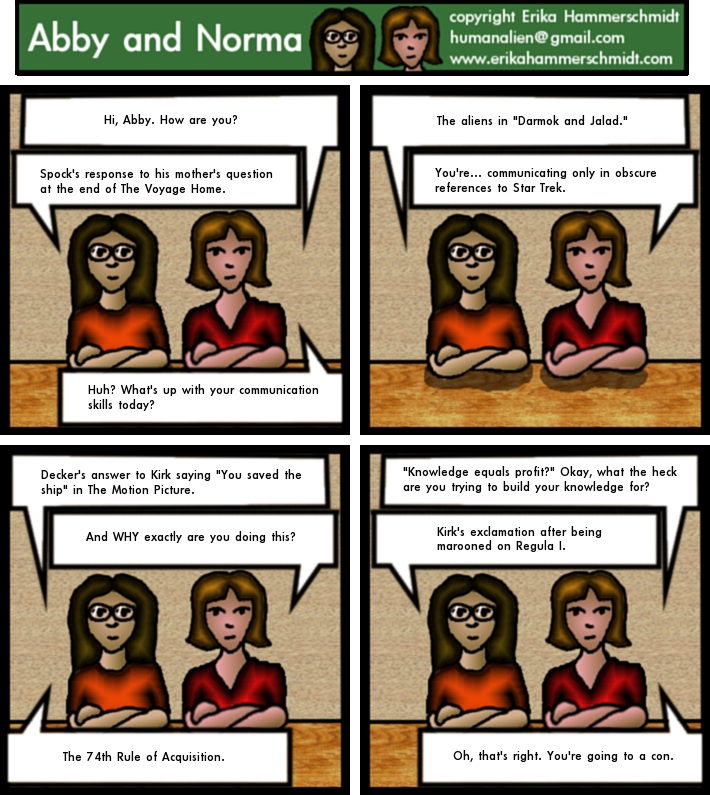This is my second post on The Force Awakens, this time with spoilers… (If you don’t want spoilers, you should go to the other post here: http://nayrb.org/~blog/?p=553)
From Anakin to Luke to Kylo Ren, the Star Wars movies are about the failed teaching of apprentices. It felt very poignant seeing the older Mark Hamil, with a beard, almost an echo of Alec Guinness’ haunted eyes. This suggests that movies VIII and IX may be the story of Luke Skywalker’s redemption as much as they may be Kylo Ren’s (in the same way that IV was Obi-Wan Kenobi’s redemption).
At the same time, it still feels like Luke ran away, at least it seems that way not knowing what has happened in the intervening time… Even if one of his students ran away and fell to the dark side, why would he not try again? What would make him flee that responsibility so resoundingly? Was it because he let his sister and best friends’ son fall to the dark side and kill all of his students?
Obi-Wan had more of an excuse, as the entire empire was after him, if he had stuck his head up, they would have sent out squads to kill him. But he had his redemption when he faced his fear/failed student.
“Fear is the path to the dark side. Fear leads to anger. Anger leads to hate. Hate leads to suffering.” -Yoda
So much fear on both their parts…You could say that the fear of Obi-Wan and Luke of their failed teaching and students led to much of the conflict in all seven movies so far…Who will break the cycle, to help adolescents actually grow up properly? (Or is this an endless part of the human condition?)
(It could also be, like Ty Templeton taught us in Comic Book Boot Camp http://comicbookbootcamp.com/, how you want to torture your heroes, to give them more depth, to give them more complex motivations, and in Star Wars, it’s often mistakes they’ve made in the past that they want to redeem.)
Speaking of redemption, it made Han Solo a much more interesting character to have him needing redemption for his perceived failures with his son. Also, this may be me projecting or reading things in, but it felt like there was some Harrison Ford wanting redemption for his terrible acting in the original trilogy. (Just after I wrote that, I read an article talking about how he re-wrote much of Han’s terrible dialogue to be more in tune with the character, and apparently also wanted Han Solo to die at the end of Jedi, to give the movie a ‘bottom’. So maybe it was the drama of Han Solo that he was trying to redeem, to finally give him some gravitas.) (Also, given how much he apparently put into the part, I feel bad complaining about his acting…Maybe it’s just that many actors are not that good at that age, or that directing has improved (or that George Lucas was much better at the art and setting than at script writing or directing actors*), or that he was being compared to Alec Guinness and Peter Cushing.)
Either way, fear and redemption is the catch phrase of Star Wars. Comment below!
*Apparently, Harrison Ford also contributed a lot to his character in American Graffiti, which was successful for George Lucas in part because he set the scene well with the setting and music from the period.

